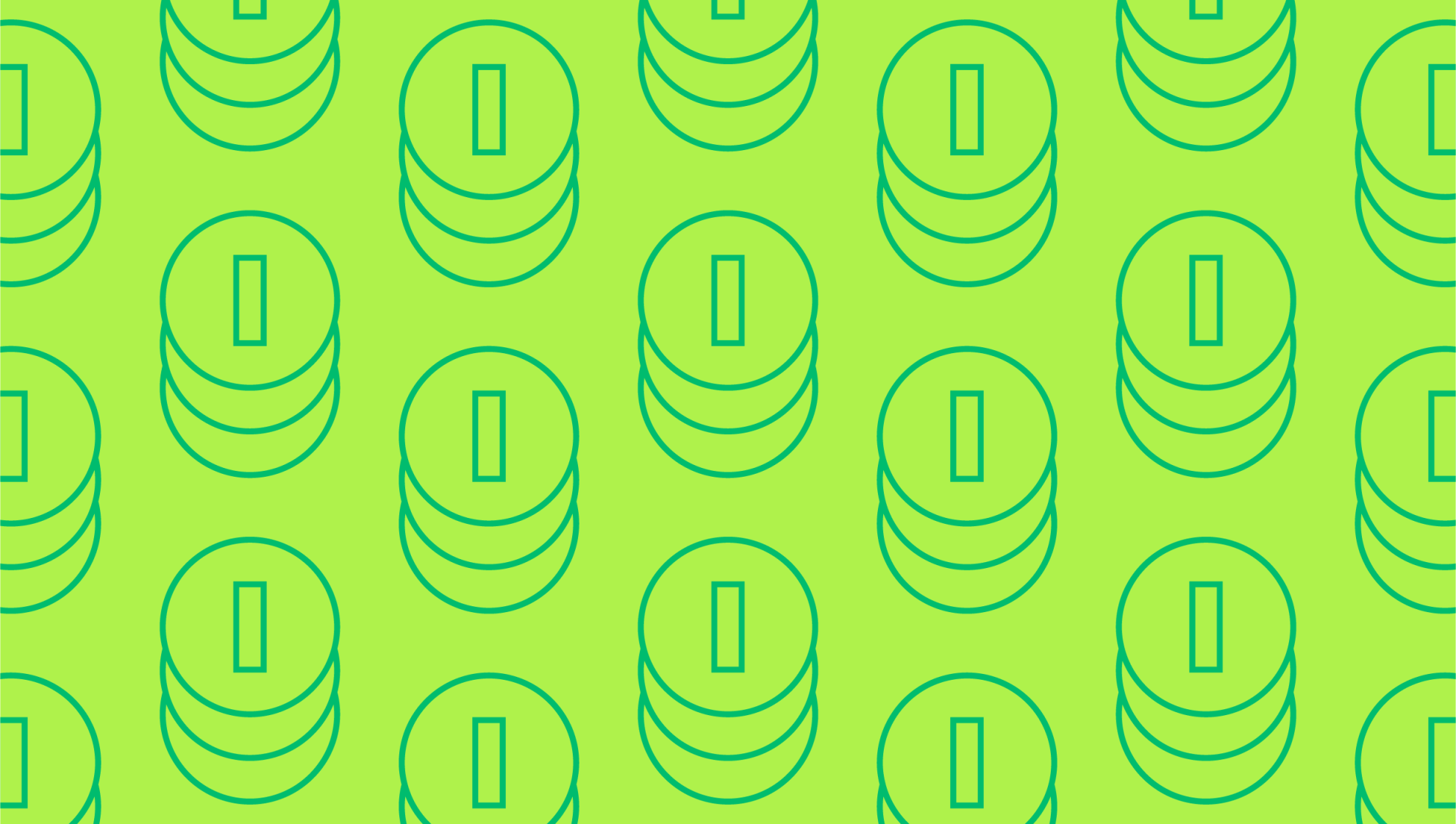Last editedNov 20202 min read
How much cash does your business need to operate, and how long could it survive without fresh capital coming in? Cash runway offers a metric to shed light on this area. Find out everything you need to know about the meaning of cash runway, right here.
Cash runway meaning
In the finance world, the cash runway meaning refers to the amount of time a business has to remain solvent, provided they don’t raise any additional funds.
A startup business might state to investors that they have a cash runway until the end of 2022. This means that they will be able to operate at a loss until this date. To extend operations beyond 2022, the startup would need to raise additional capital.
At this point, they will have reached the end of their cash runway.
Cash runway analysis using the burn rate
It’s impossible to formulate a cash runway without first understanding the burn rate, as the two concepts go hand in hand.
Burn rate refers to the speed at which a company is spending its capital. This is usually calculated per month, but it can be adjusted for any length of term. There are two types of burn rate to be aware of.
Net burn rate, which is the rate that a company loses money. To calculate this, use the following formula:
Net Burn Rate = Cash / Monthly Operating Losses
Gross burn rate, which is the total amount of cash spent per month, including expenses like salaries, rent, and supply costs. The formula for this type of burn rate is as follows:
Gross Burn Rate = Cash / Monthly Operating Expenses
Cash runway formula
It’s simple to calculate the cash runway in business, provided you know the burn rate. With this figure in hand, the cash runway formula is:
Cash Runway = Total Cash / Burn Rate
For example, if a business currently has $40 million and is burning through $10 million of this per month, it would have a cash runway of four months before insolvency.
Types of runway cash flow
To make the most of the runway cash flow formula, it’s helpful to understand that there are different ways that a business utilizes its cash flow. Typically, a company’s cash is divided into three main areas:
Company cash: This is the cash flow used to pay for day-to-day expenses, including rent and supplies.
Team cash: This is the cash used to pay employees.
Founder cash: This is the founder’s own cash reserves, which may be tapped into to keep the business from going under.
For calculating cash runway, most businesses will use company cash. Ideally, there will be no need to touch team cash or founder cash. Yet if necessary, some might choose to pay employees with equity or other non-cash incentives for a short time. Founders might also use their own cash reserves as a last resort. When going this route, these types of cash should also be tabulated into the cash runway formula.
Why is it important to know runway in business?
Cash runway is a useful KPI for business owners, investors, and other stakeholders. It gives insight into the company’s profitability, highlighting whether a business is overspending. If the cash runway shrinks from one quarter to the next, it’s an indication that the business is spending more than it takes in. This can spur action, whether it’s generating additional revenue or cutting expenses.
While a cash runway in business is useful for large corporations, it’s even more important for startups. Investors will want to monitor this metric closely to track growth and profitability. Startups tend to have a faster burn rate, and correspondingly high cash runway, than more established businesses.
By monitoring cash runway over time, businesses can determine what margins feel comfortable. For example, seasonal businesses might have a shorter runway to play with during the slow season. As long as this is consistent, it’s not necessarily a problem.
We can help
GoCardless helps you automate payment collection, cutting down on the amount of admin your team needs to deal with when chasing invoices. Find out how GoCardless can help you with ad hoc payments or recurring payments.

